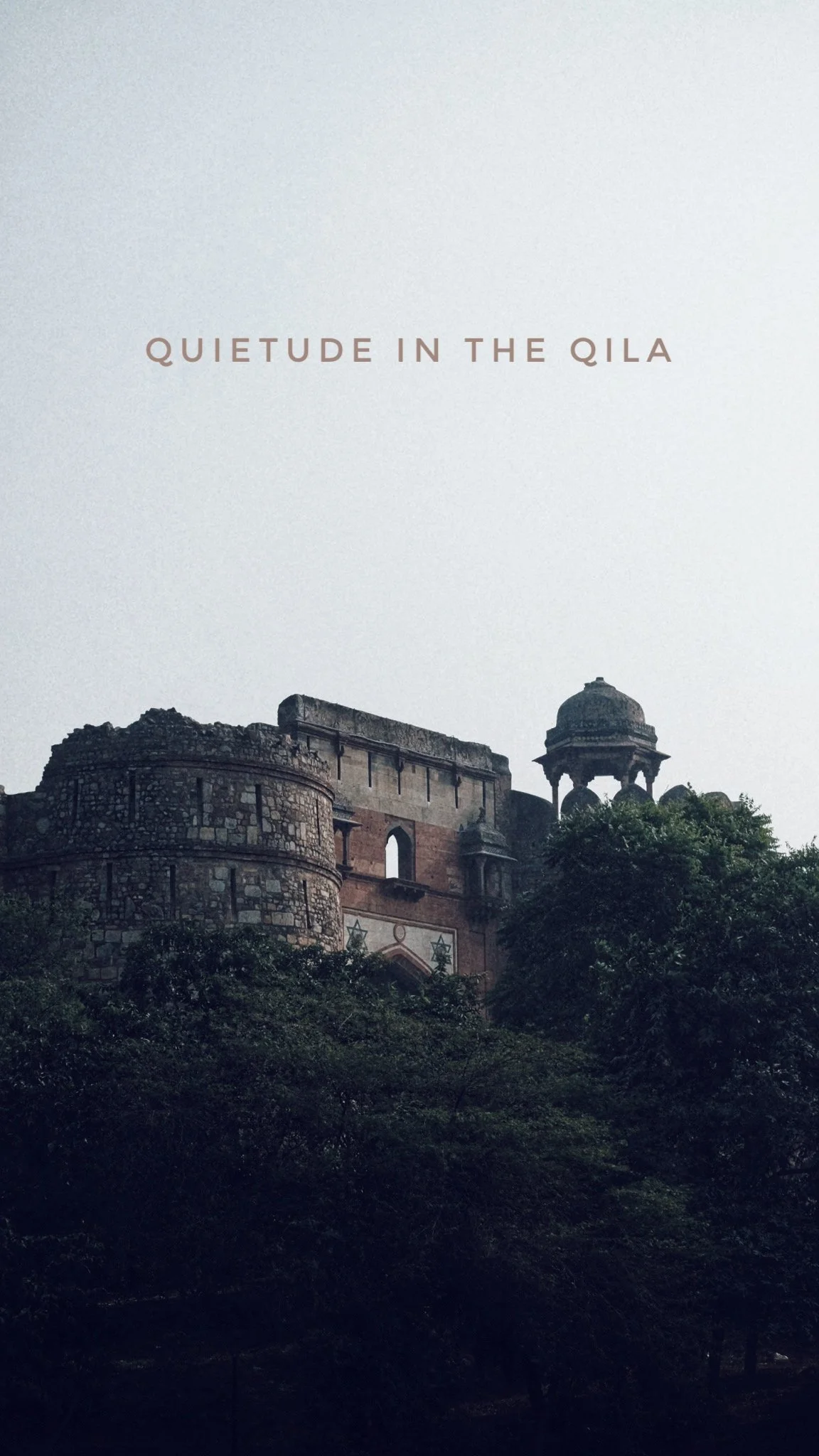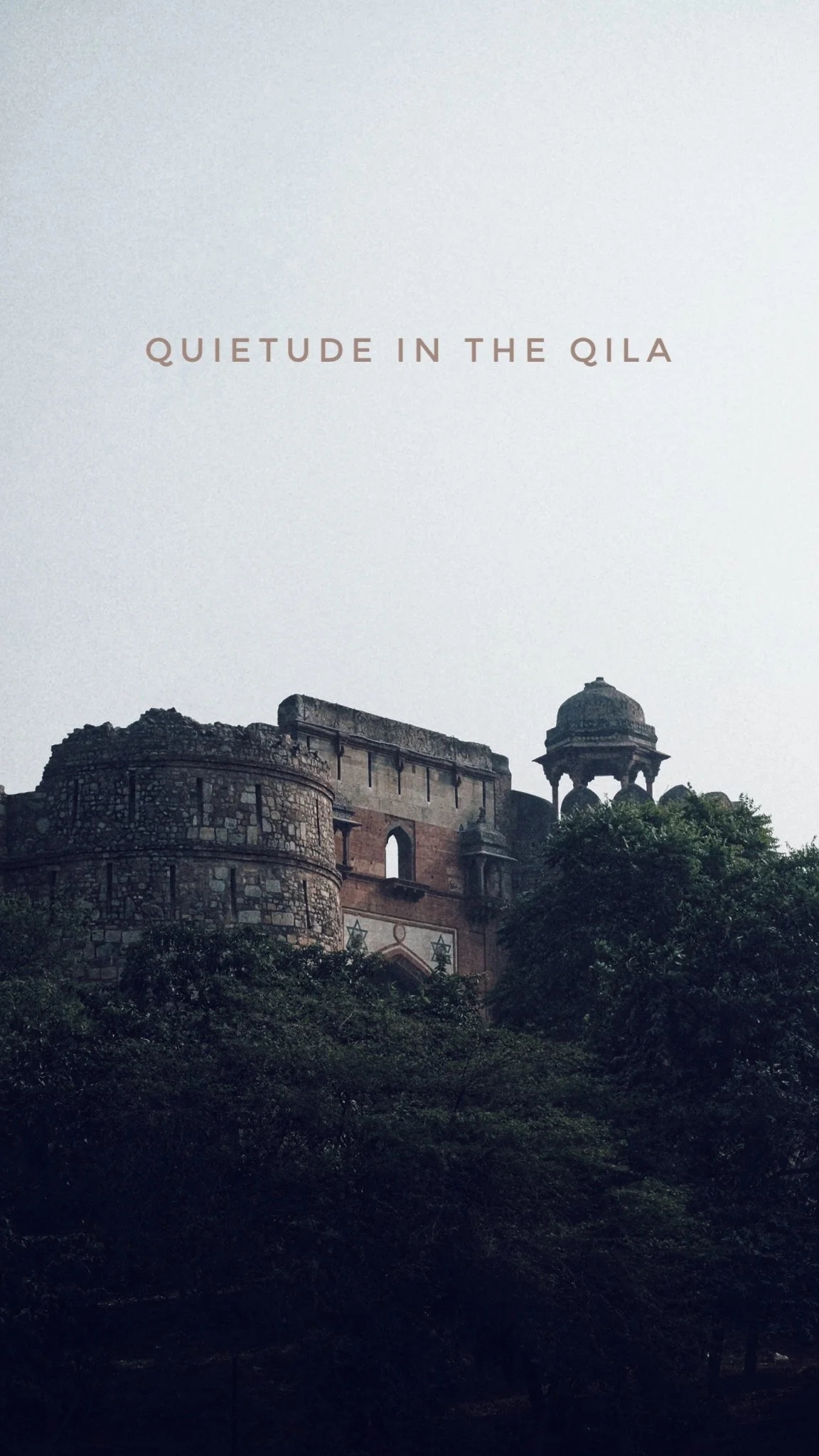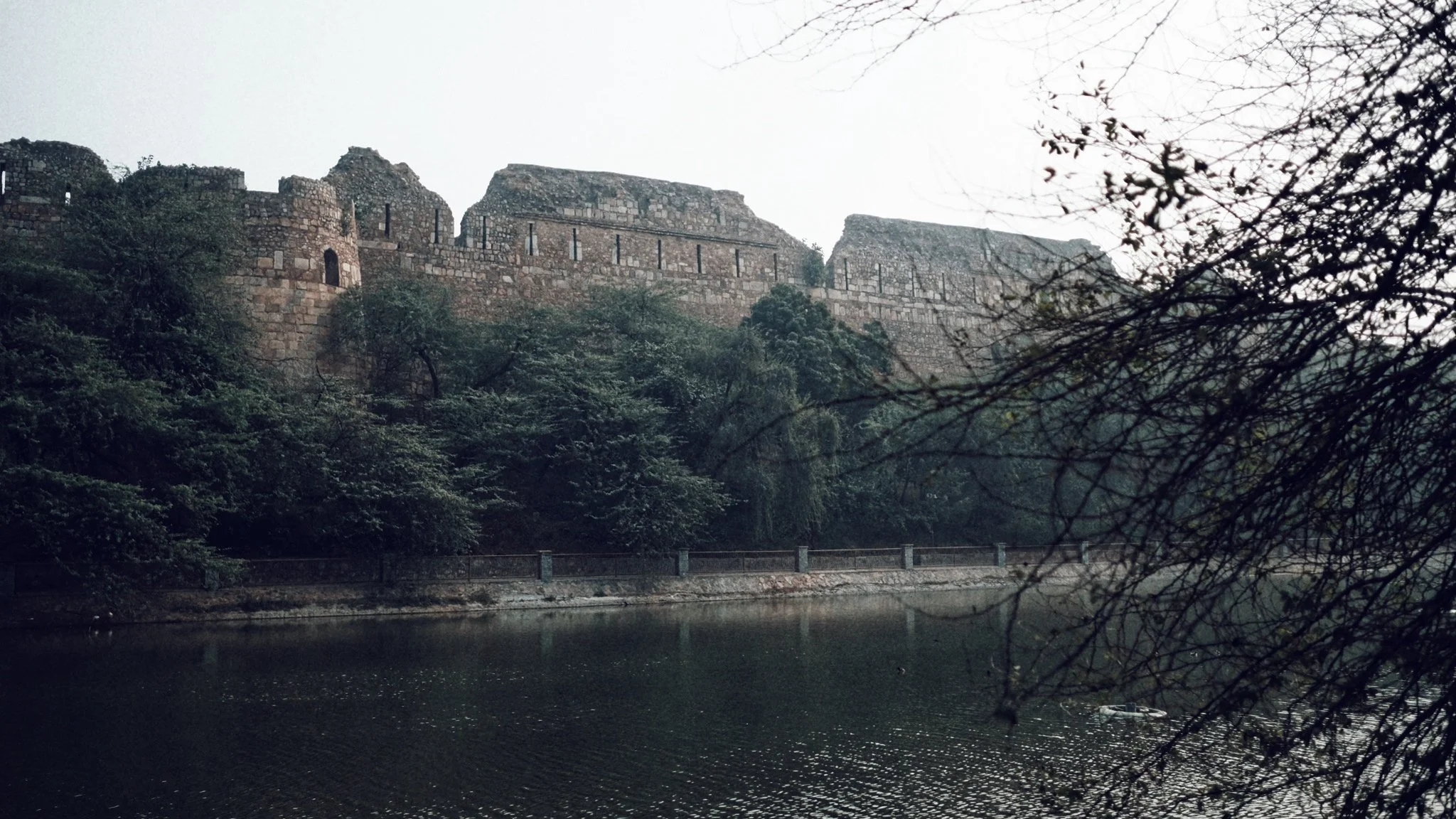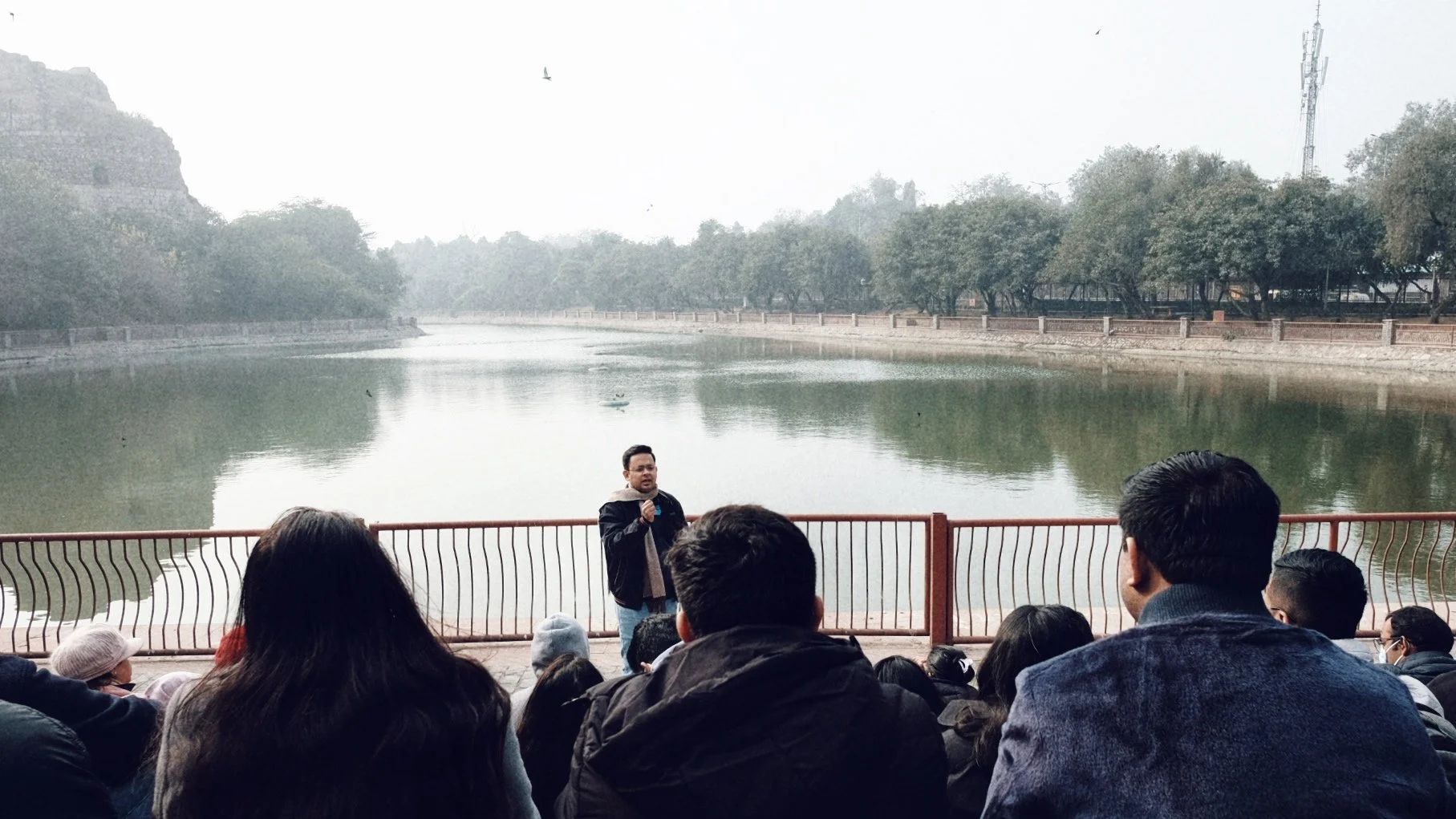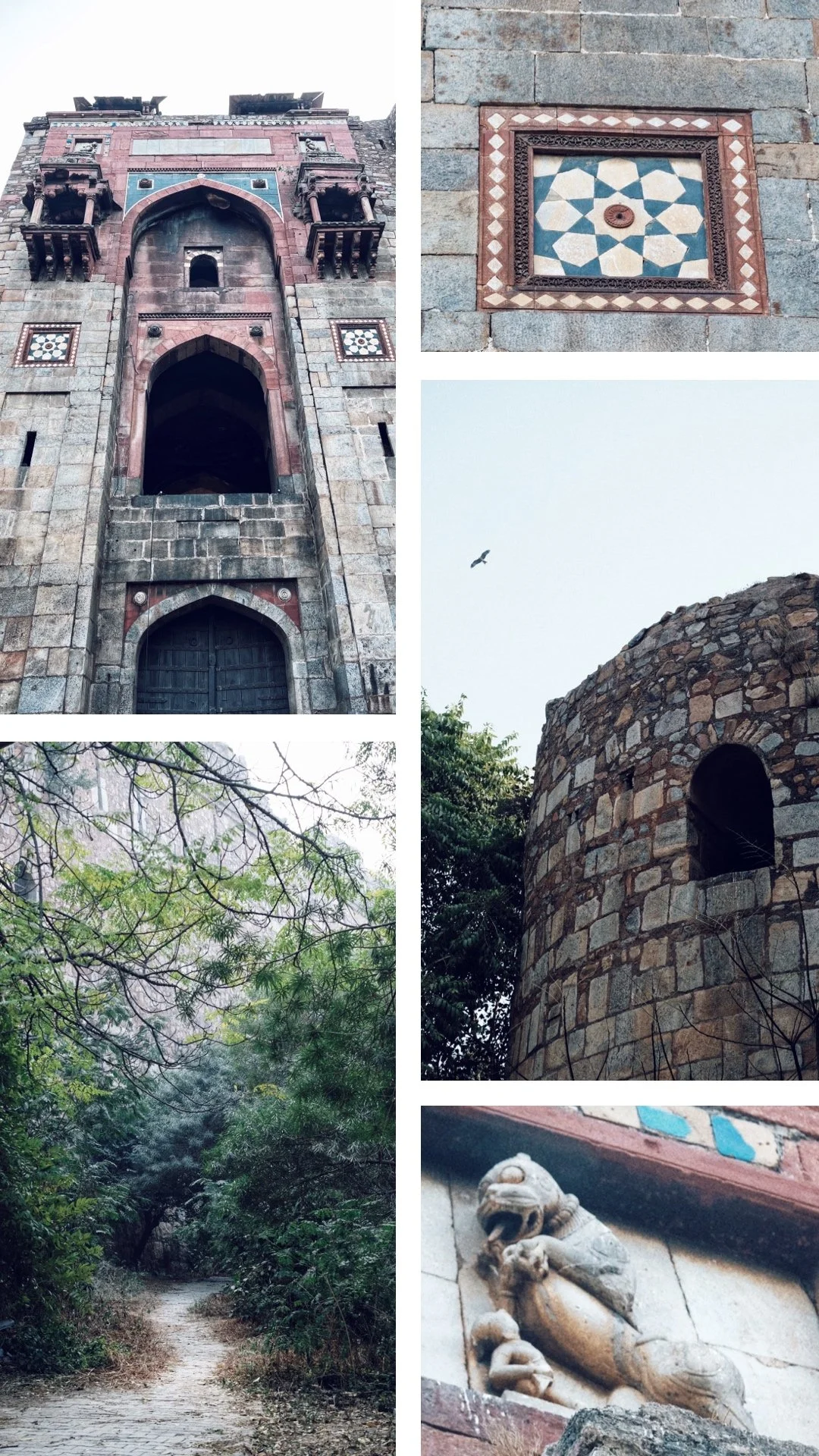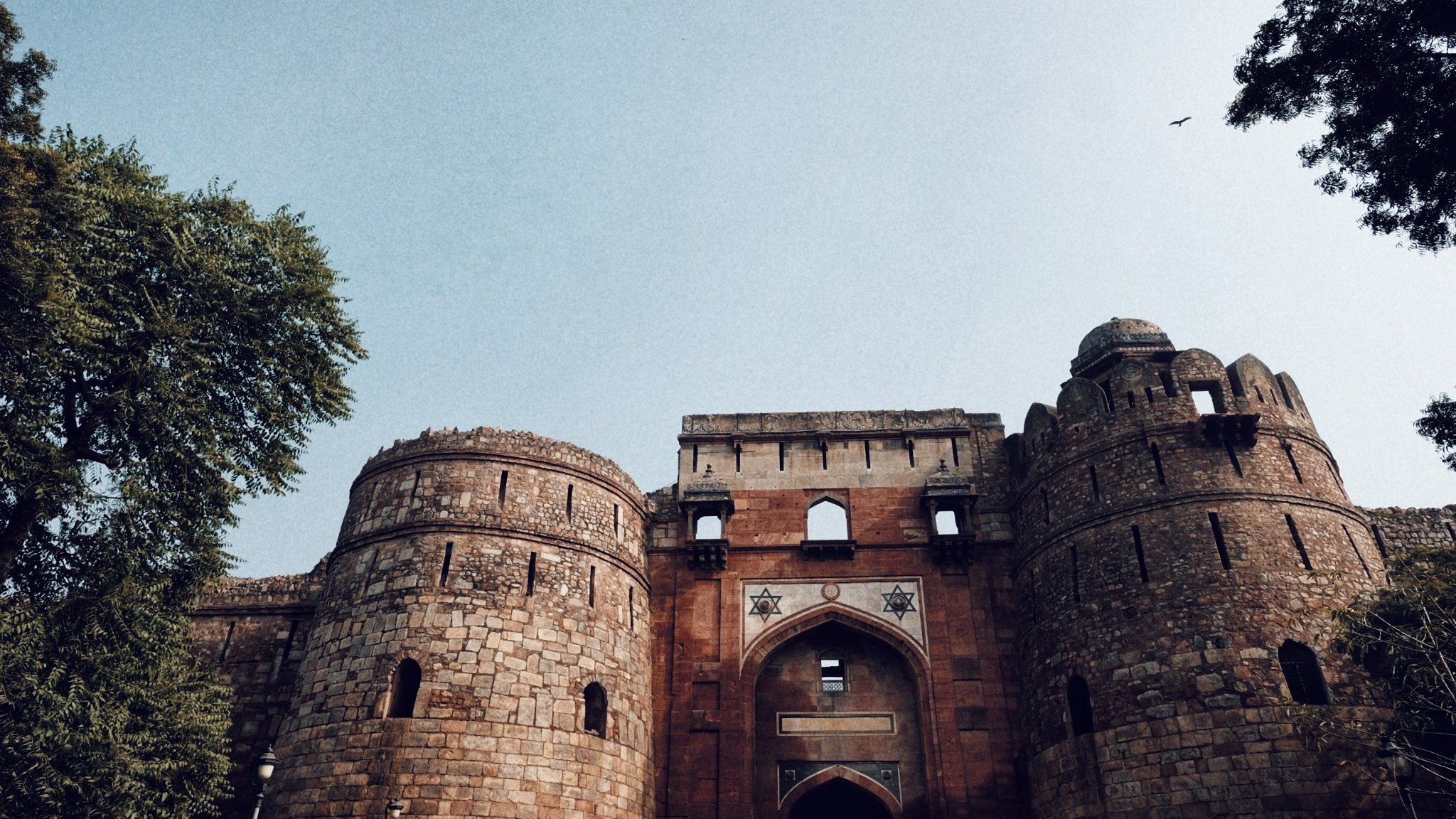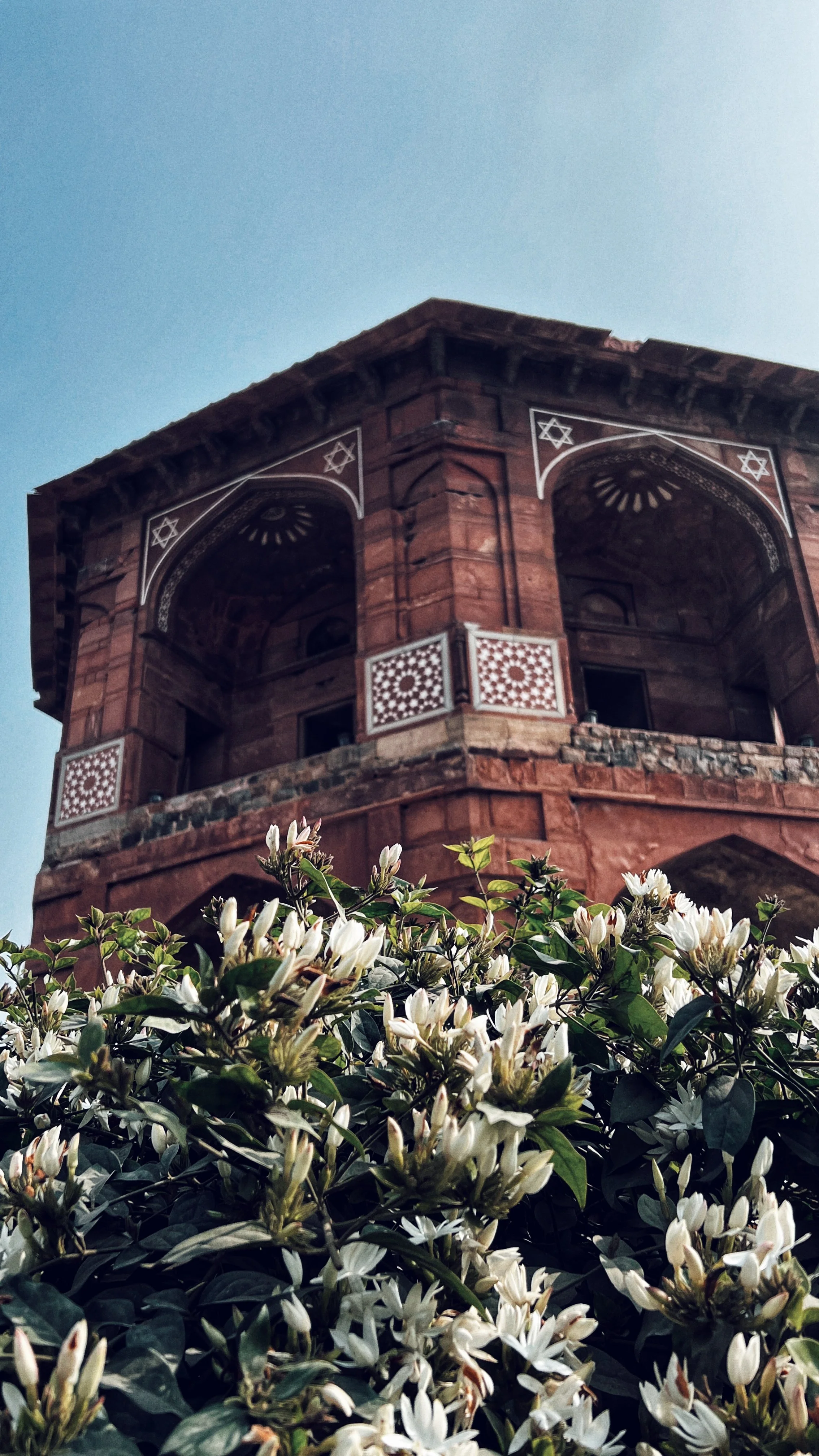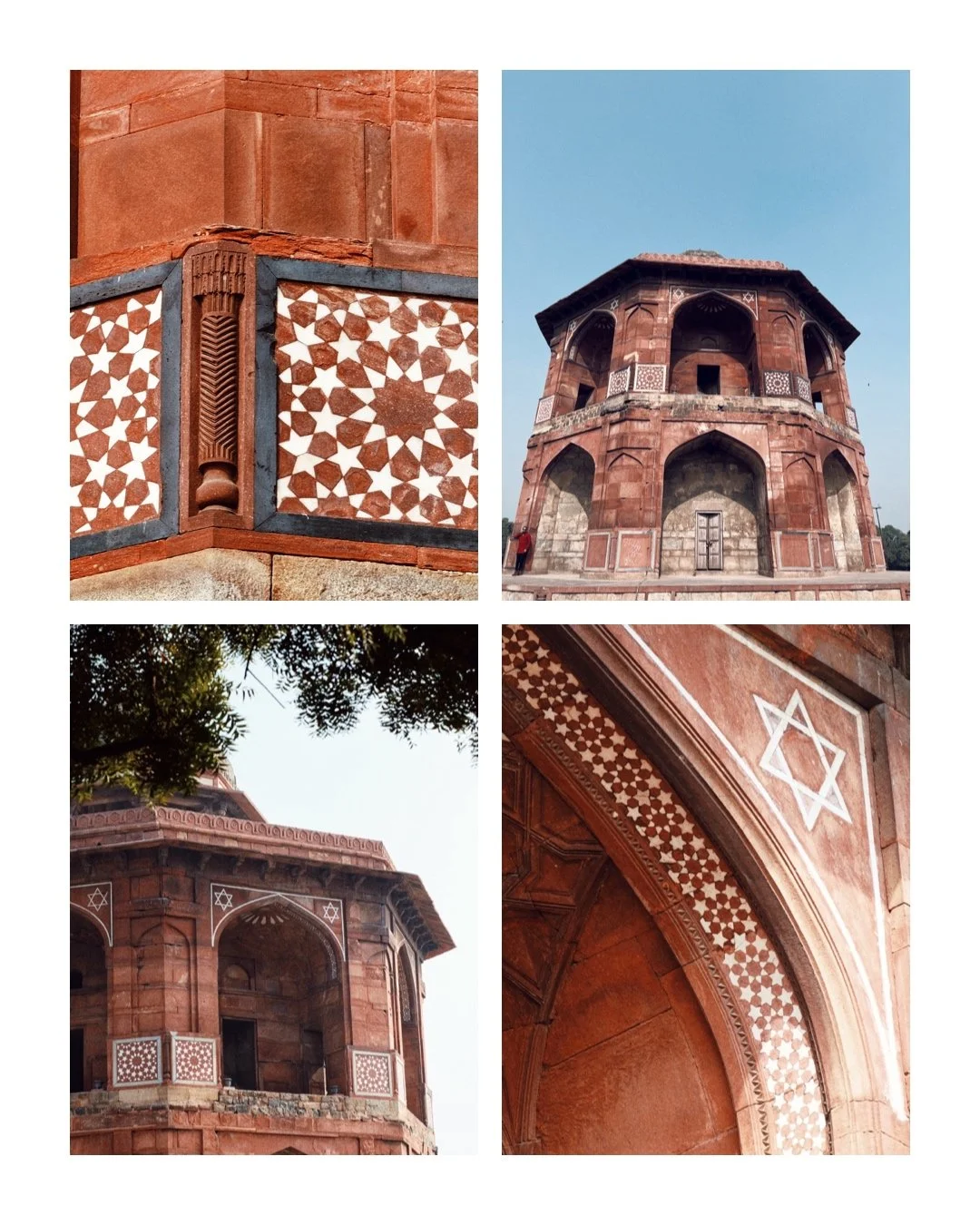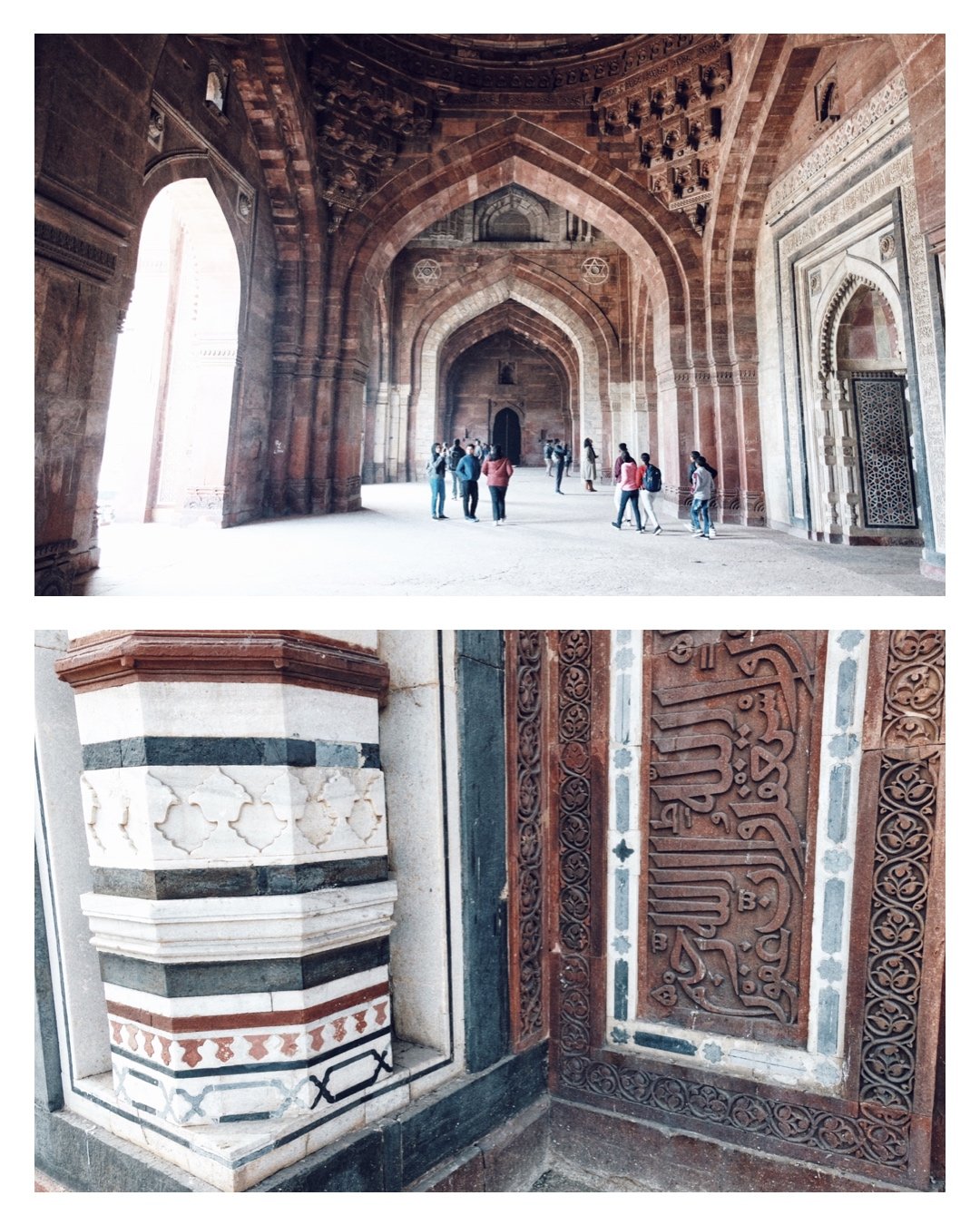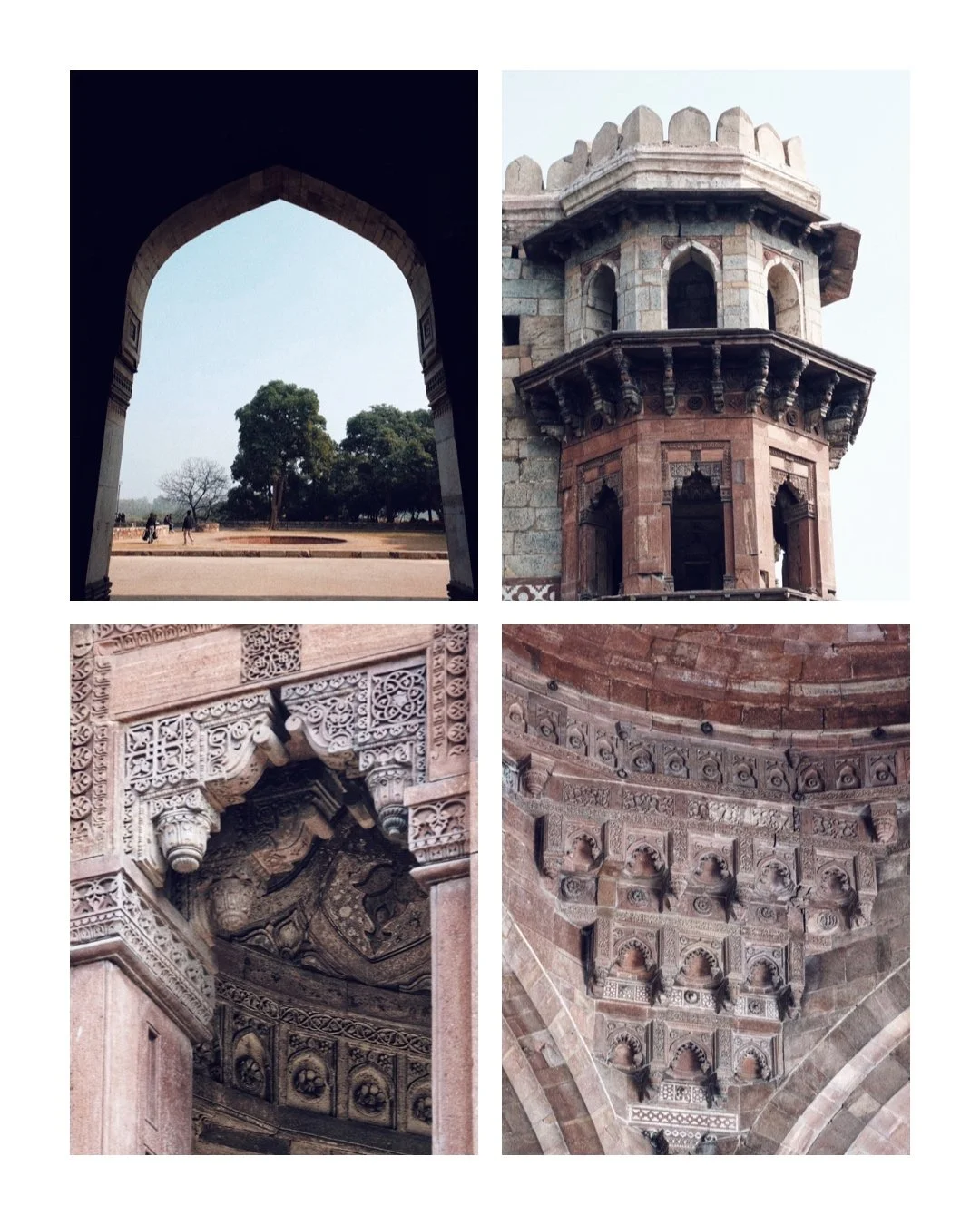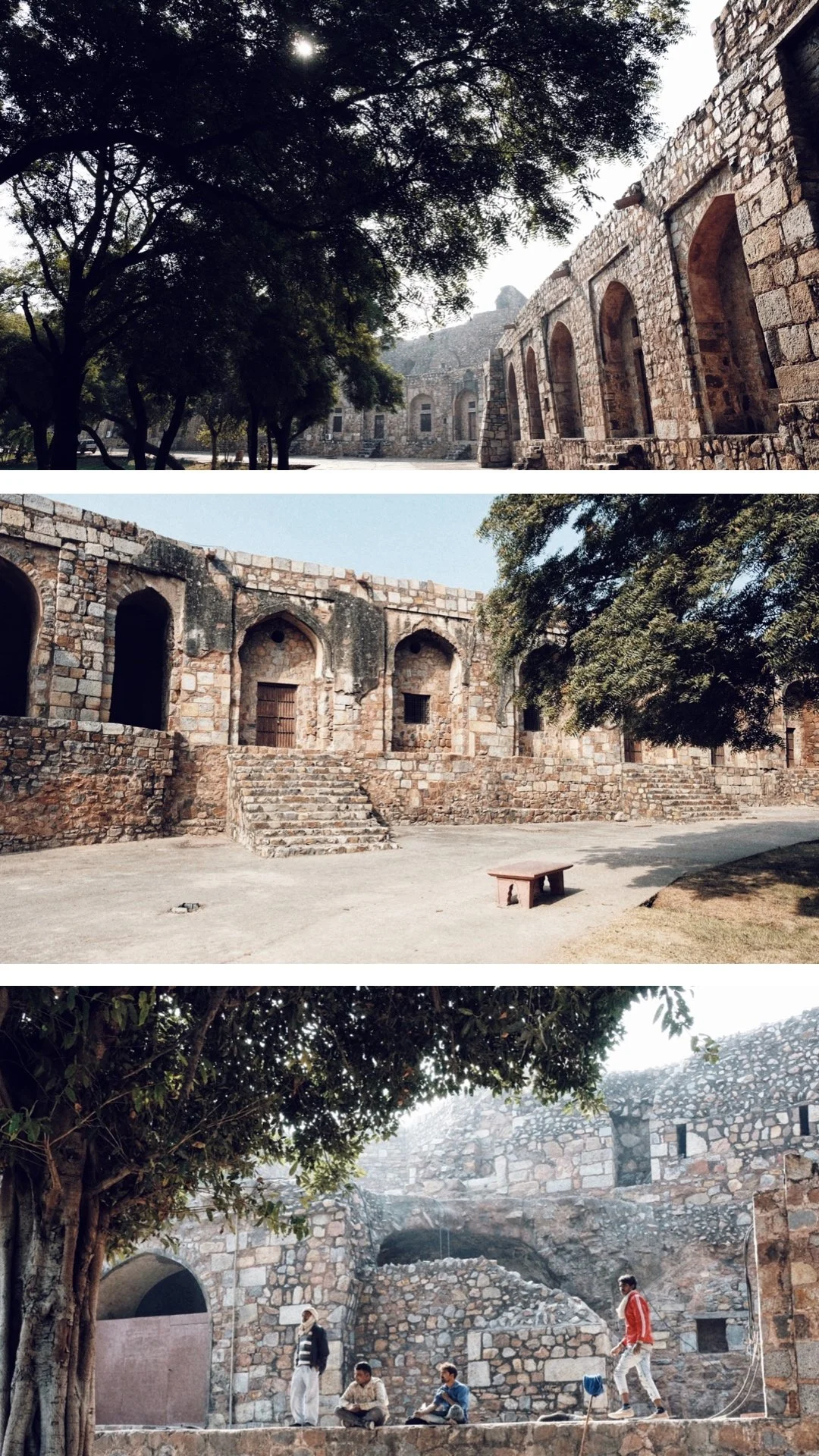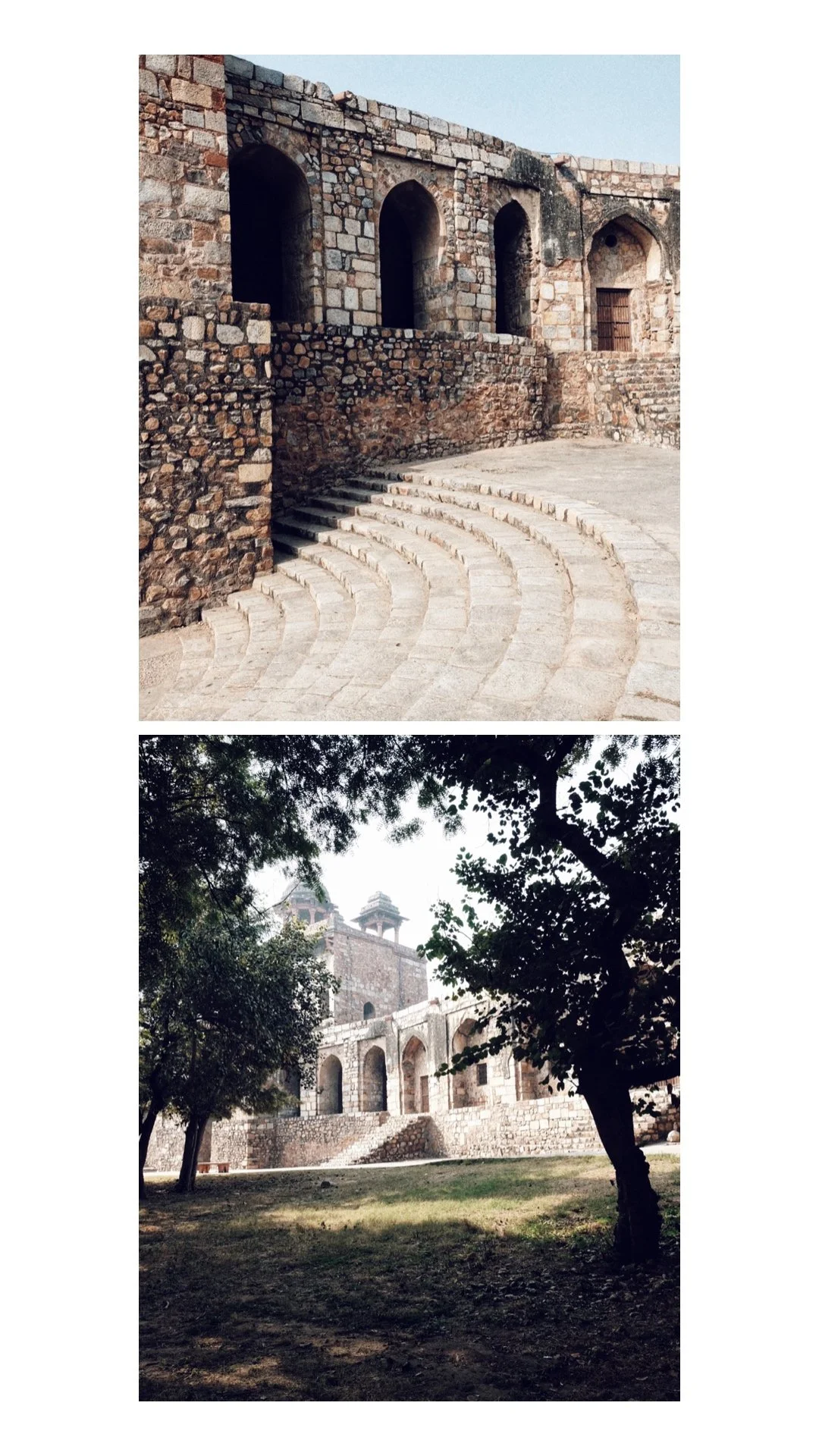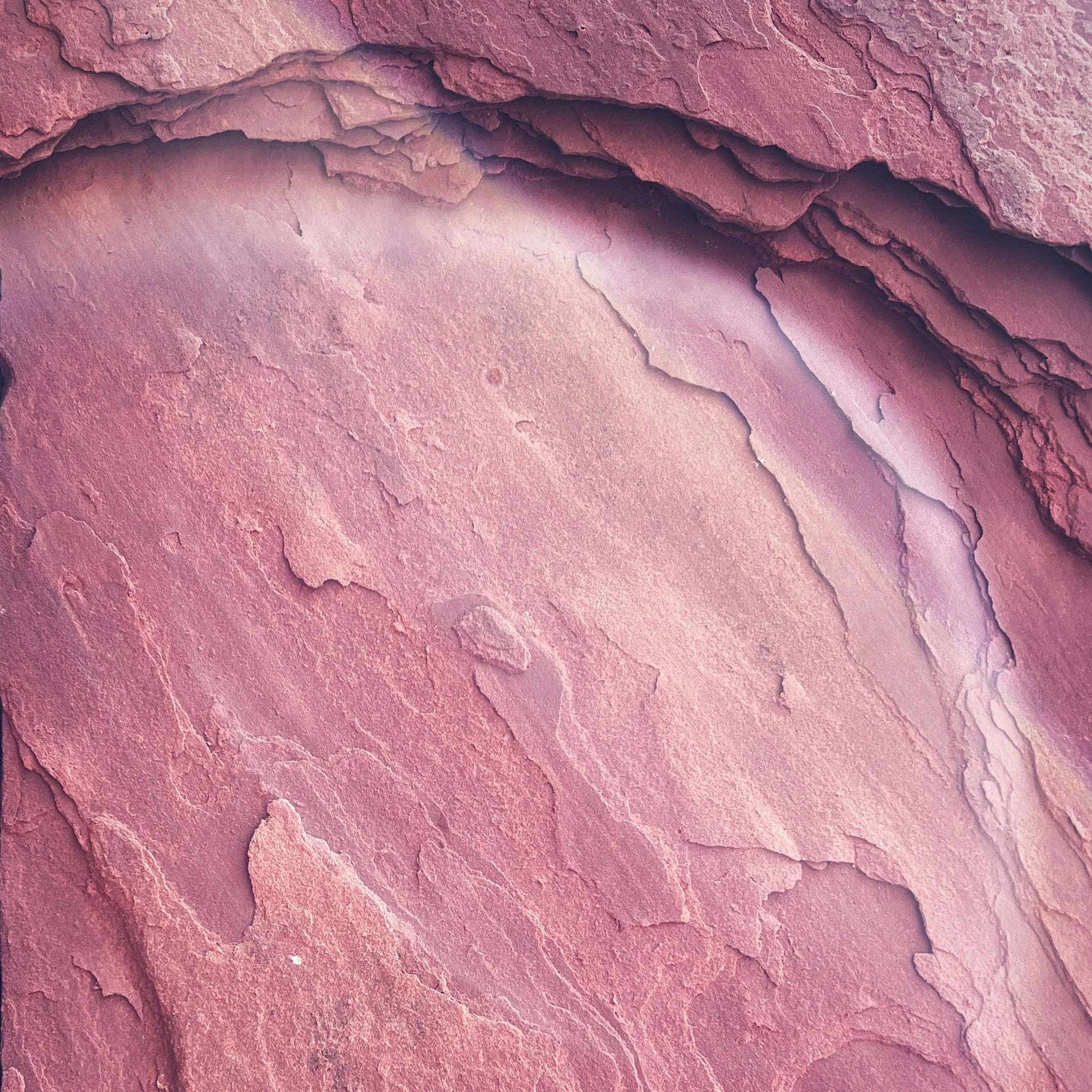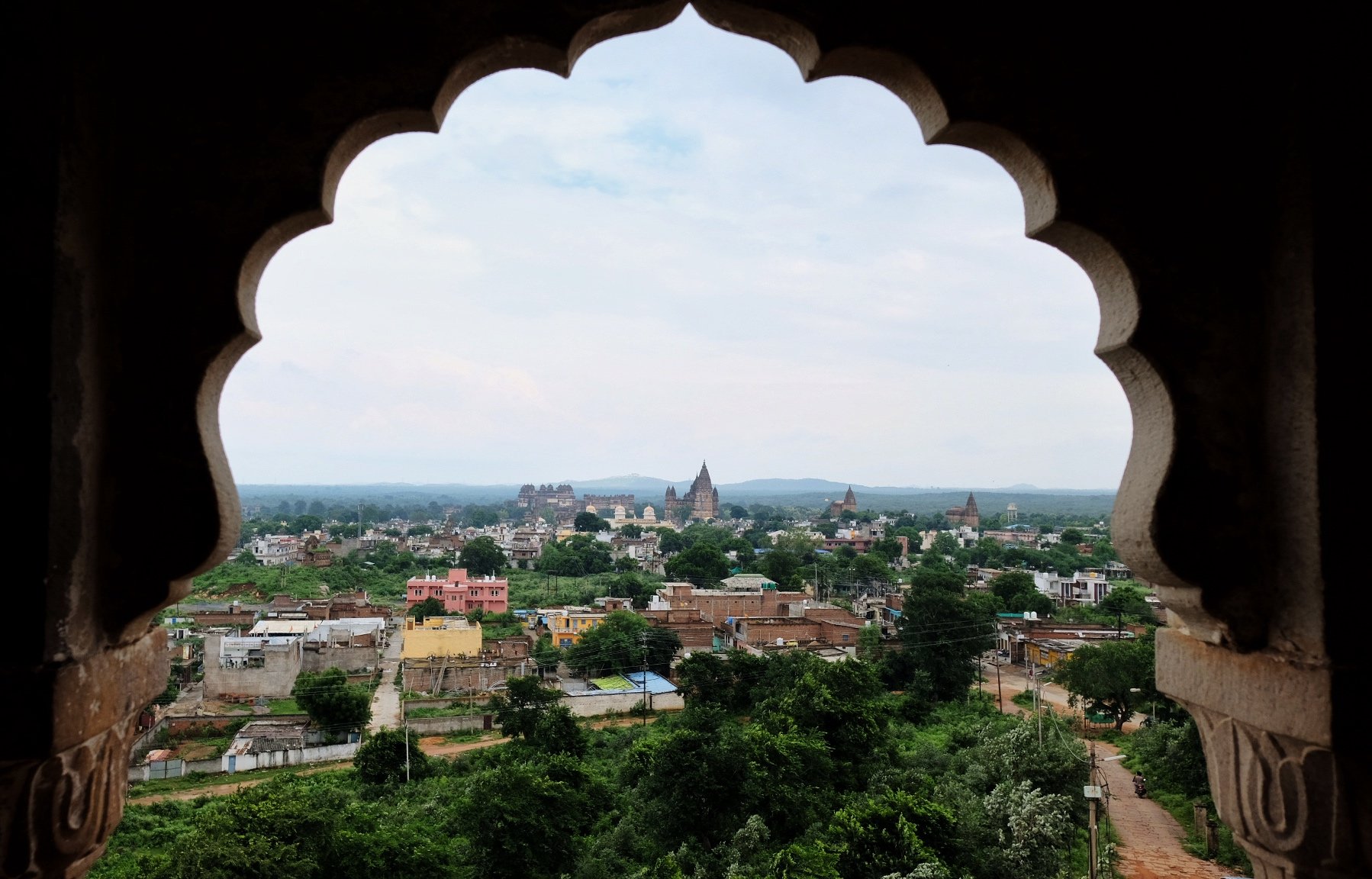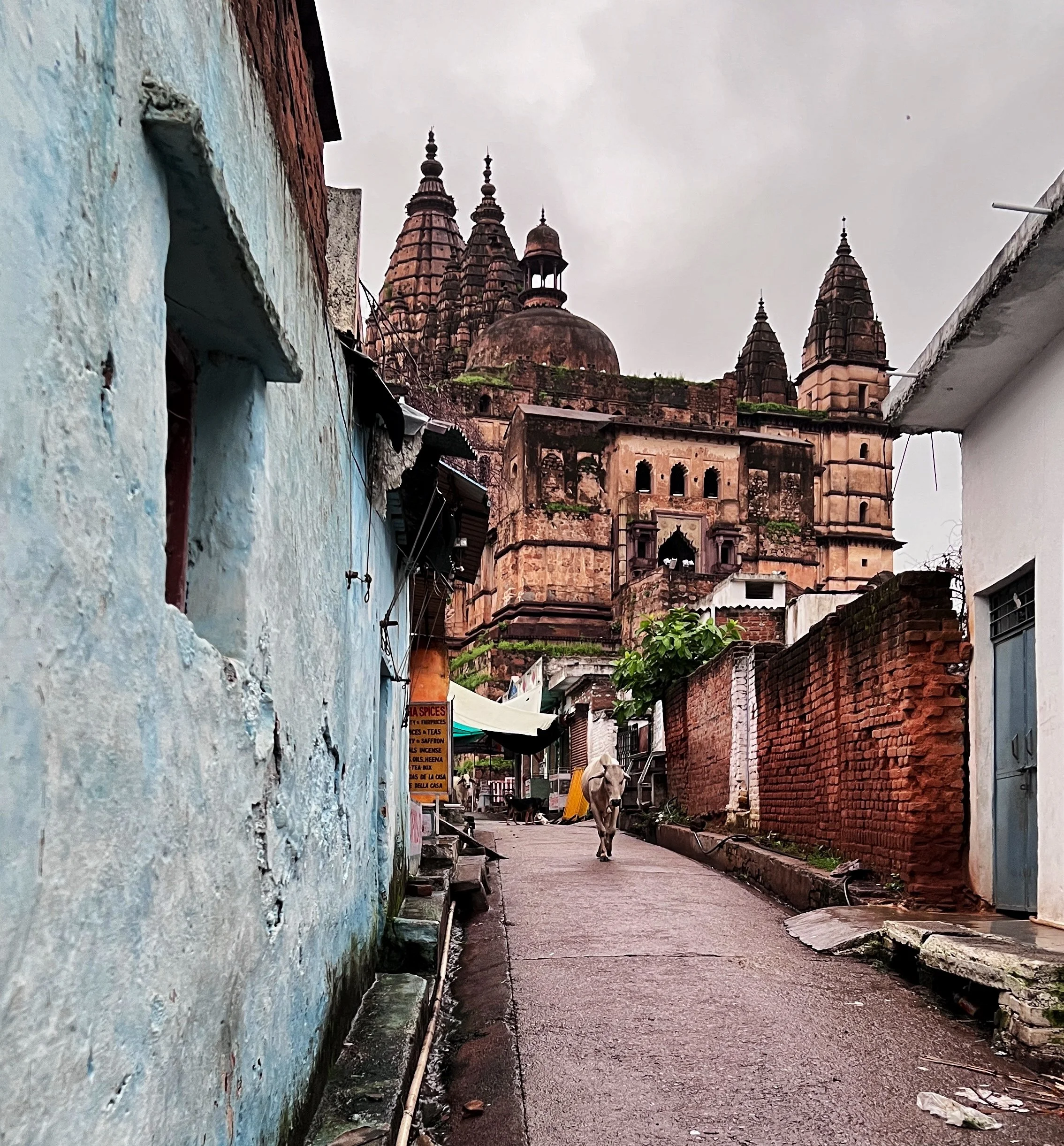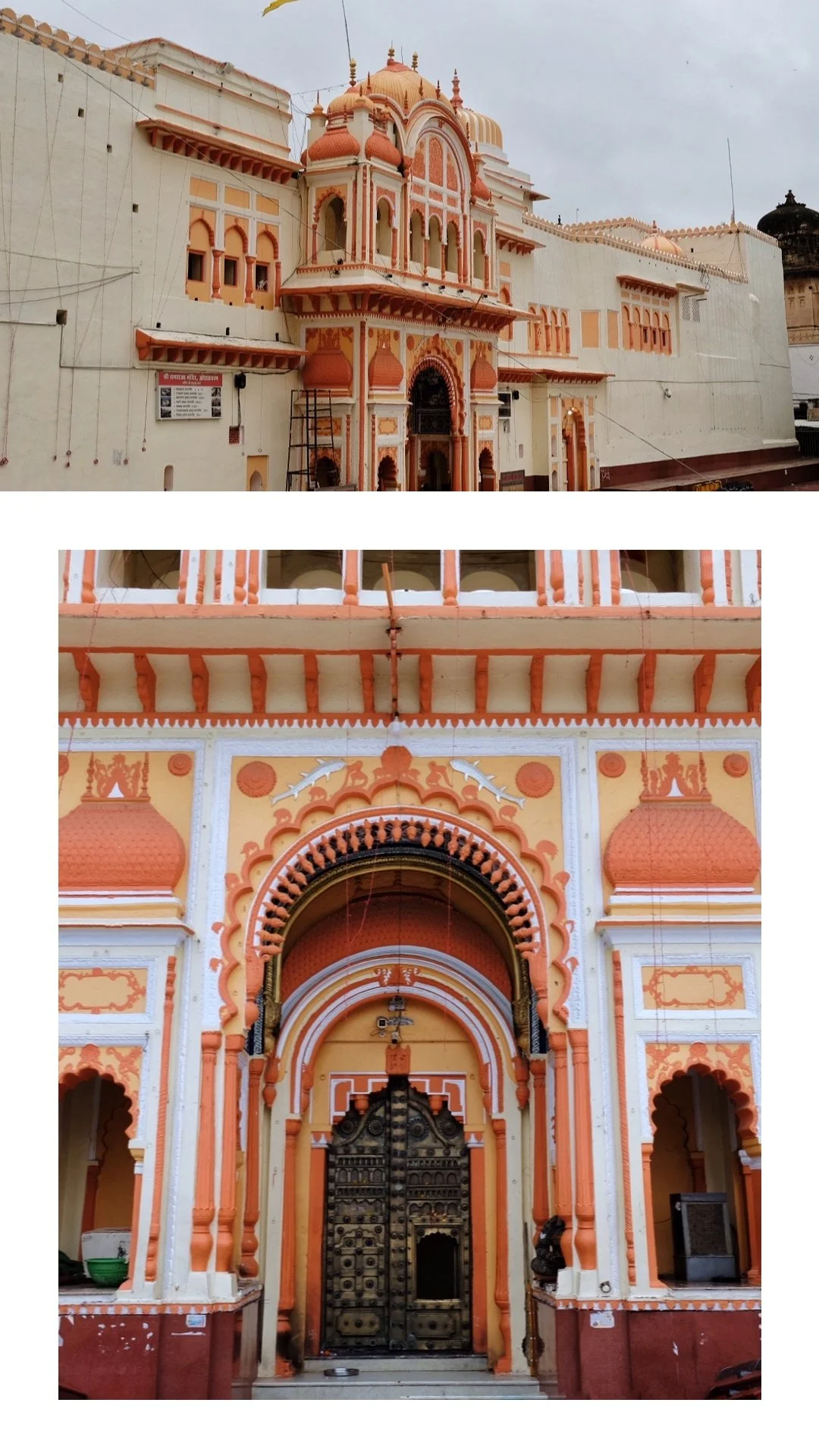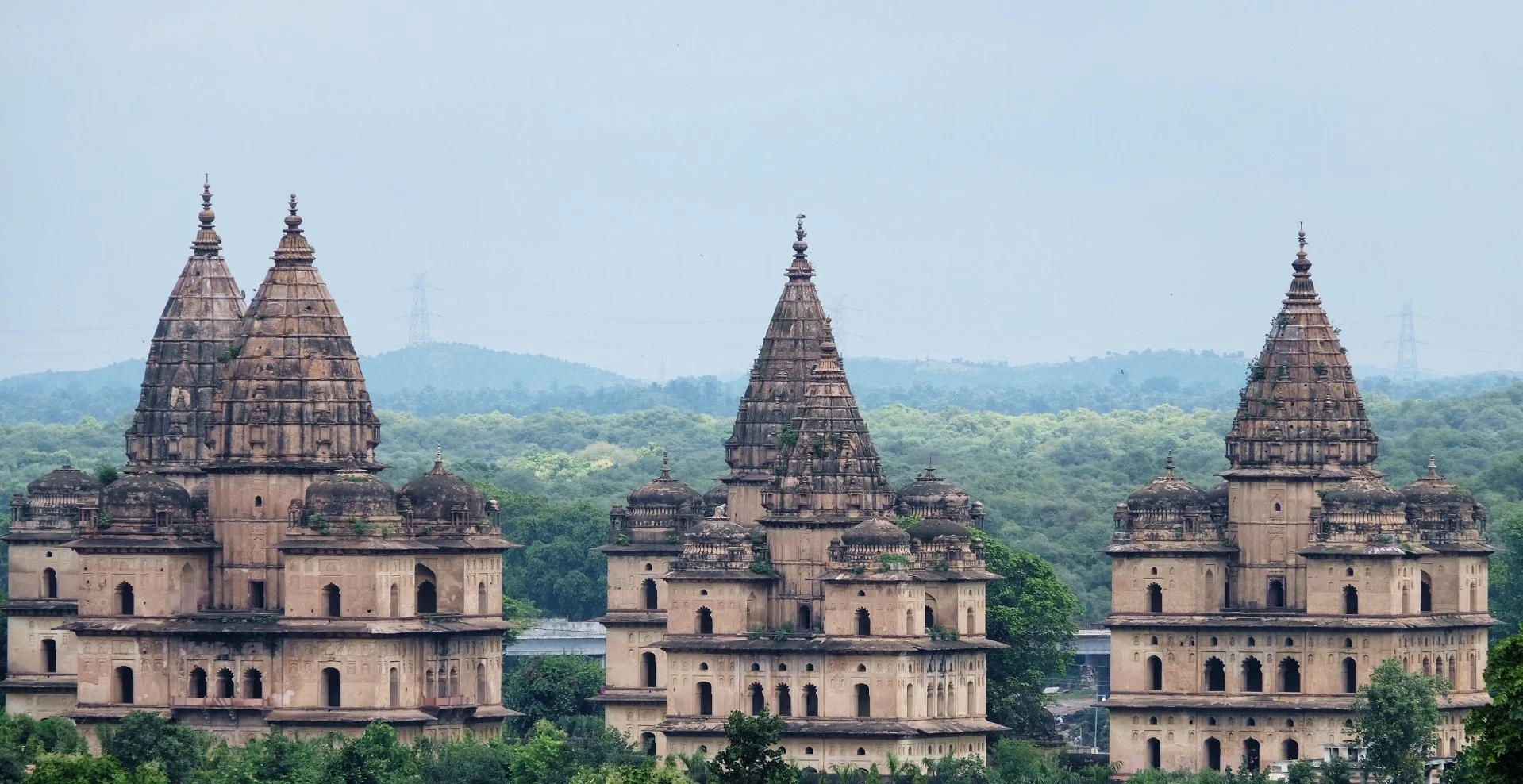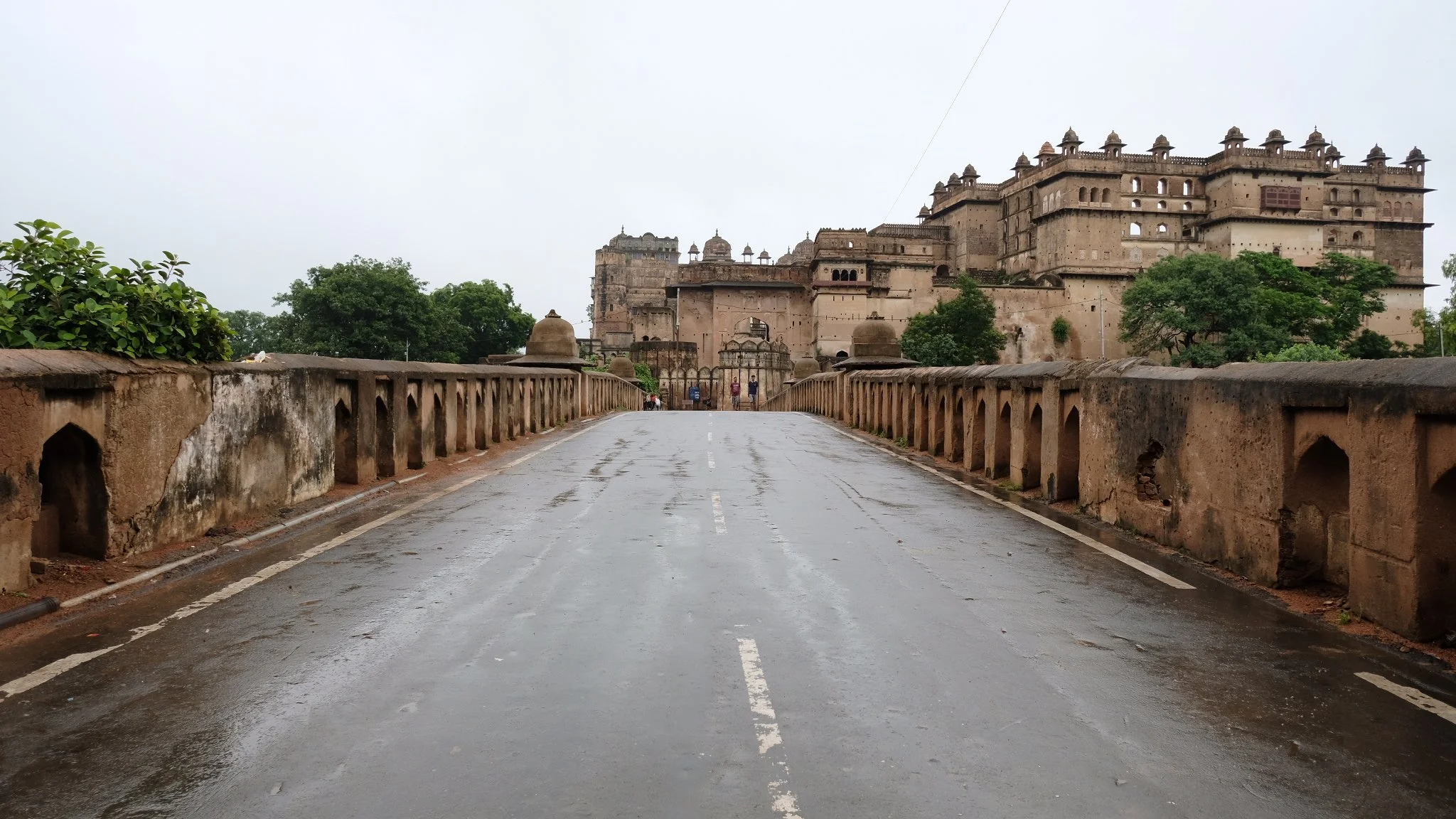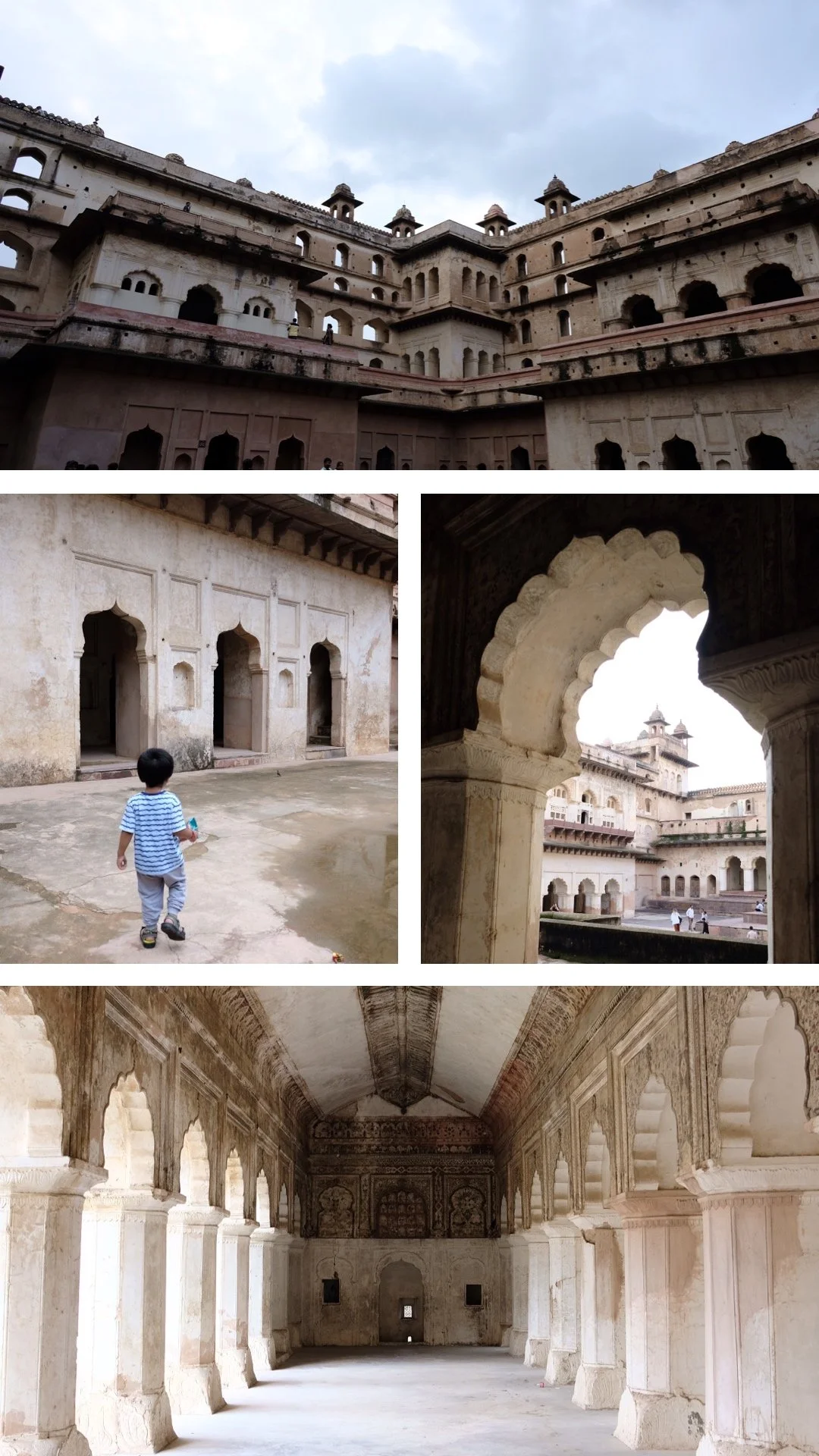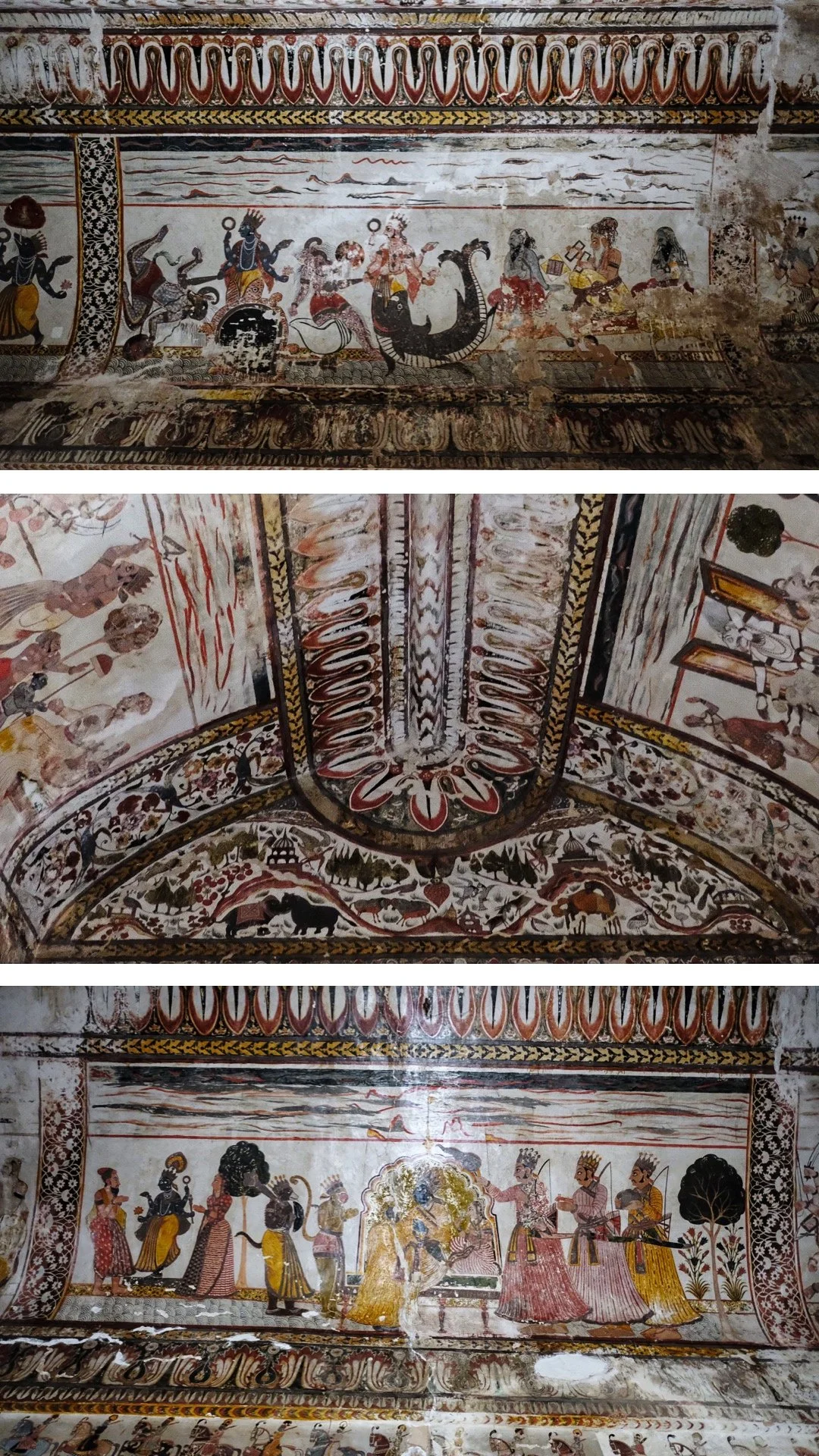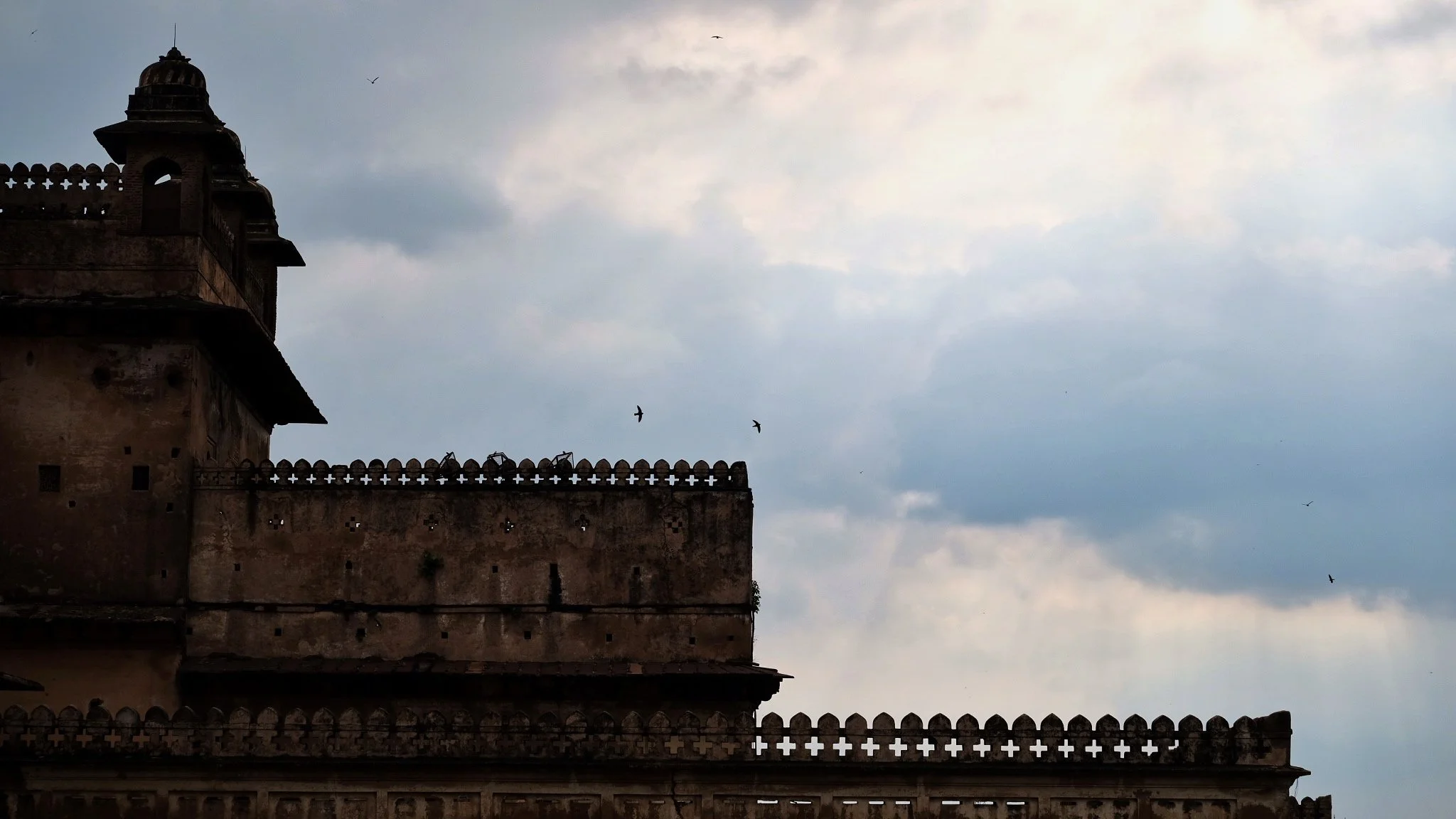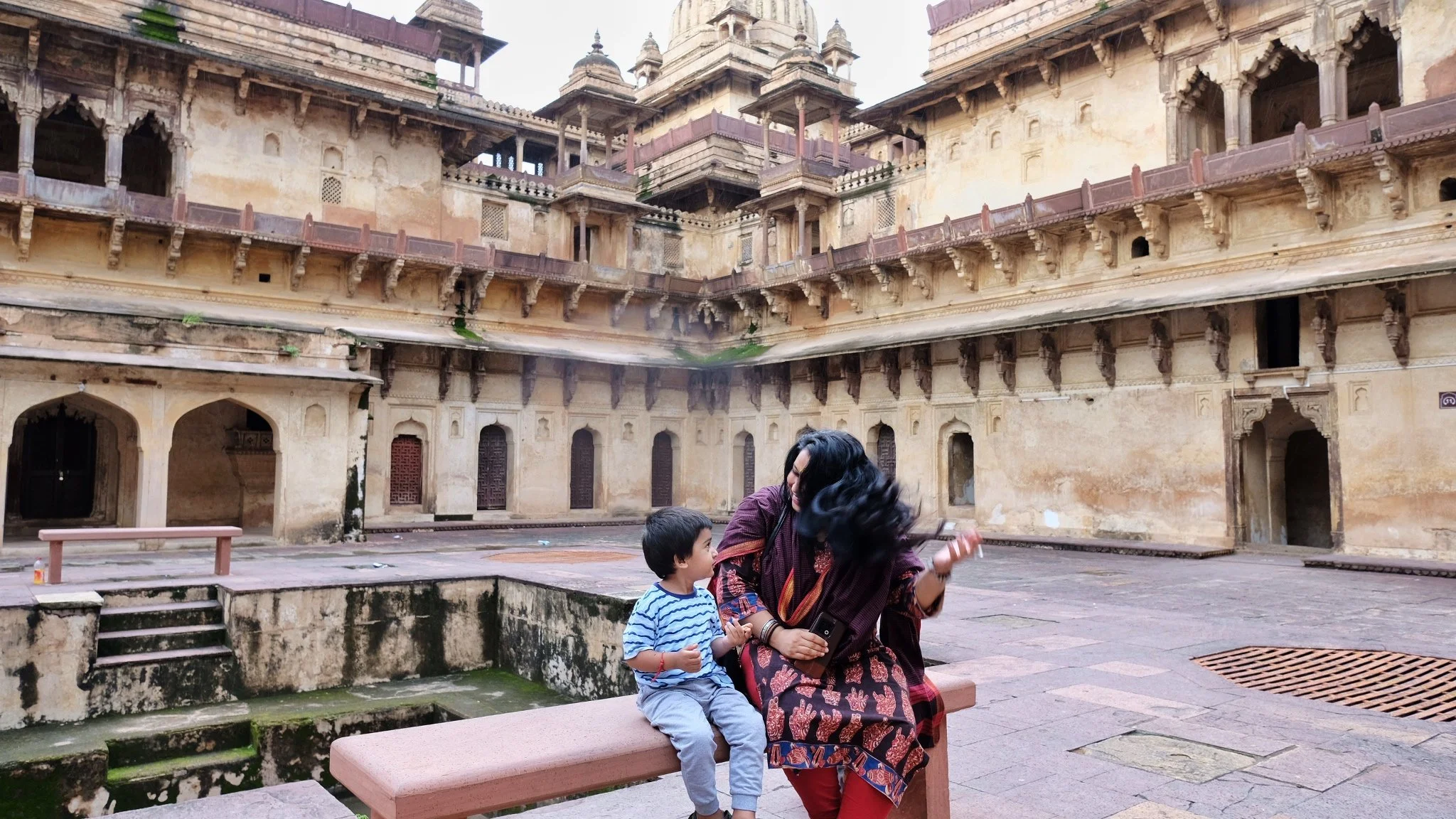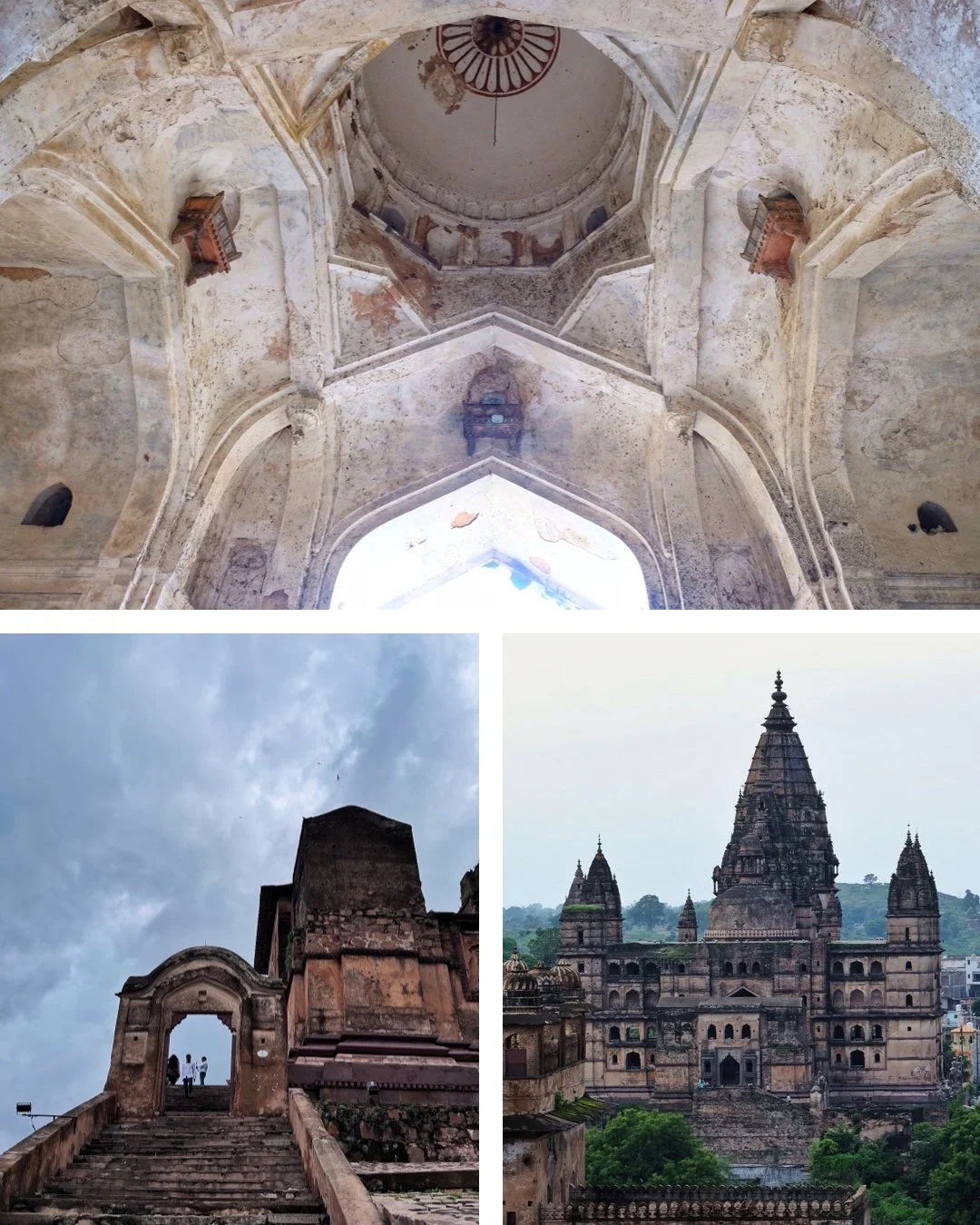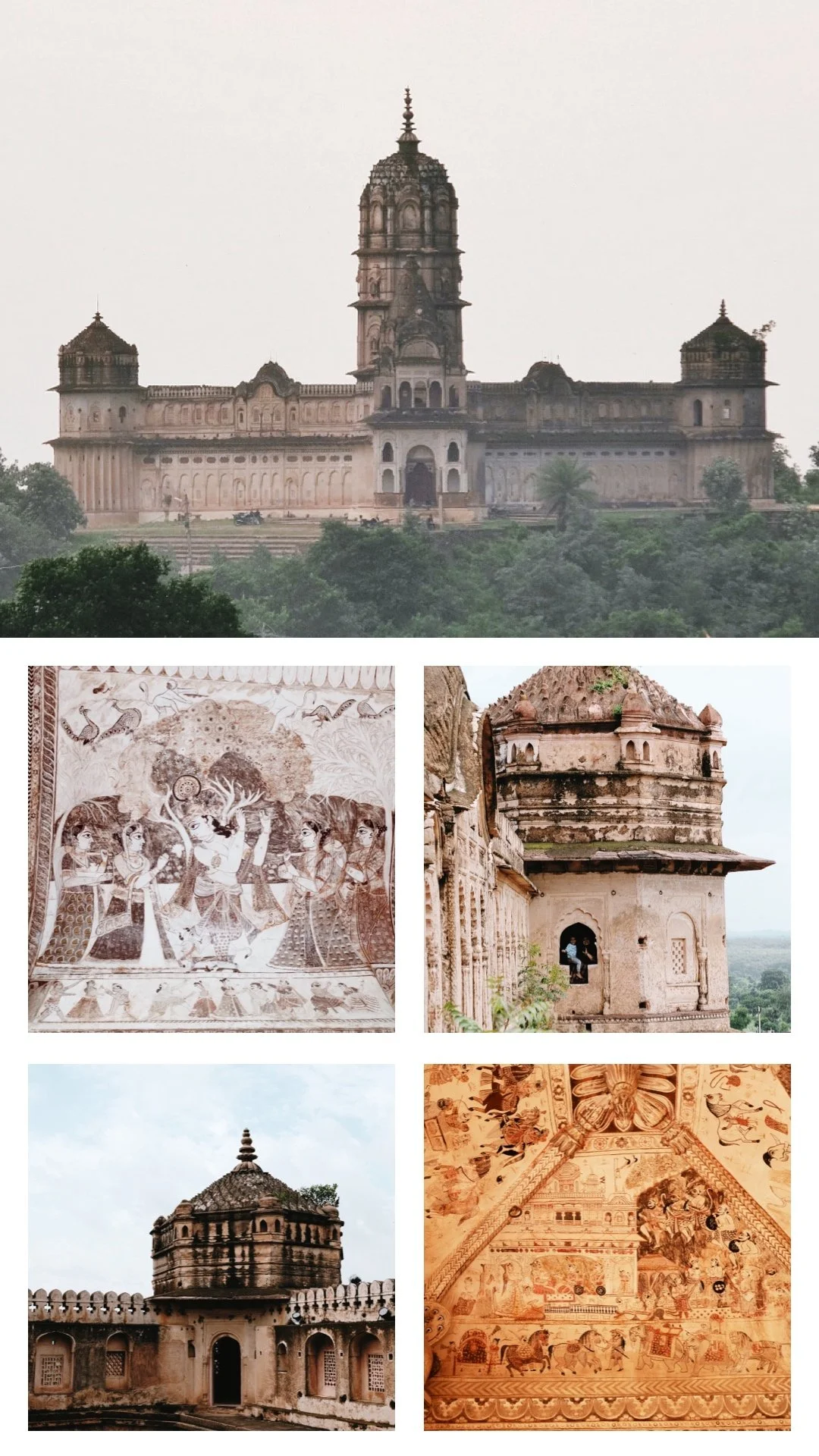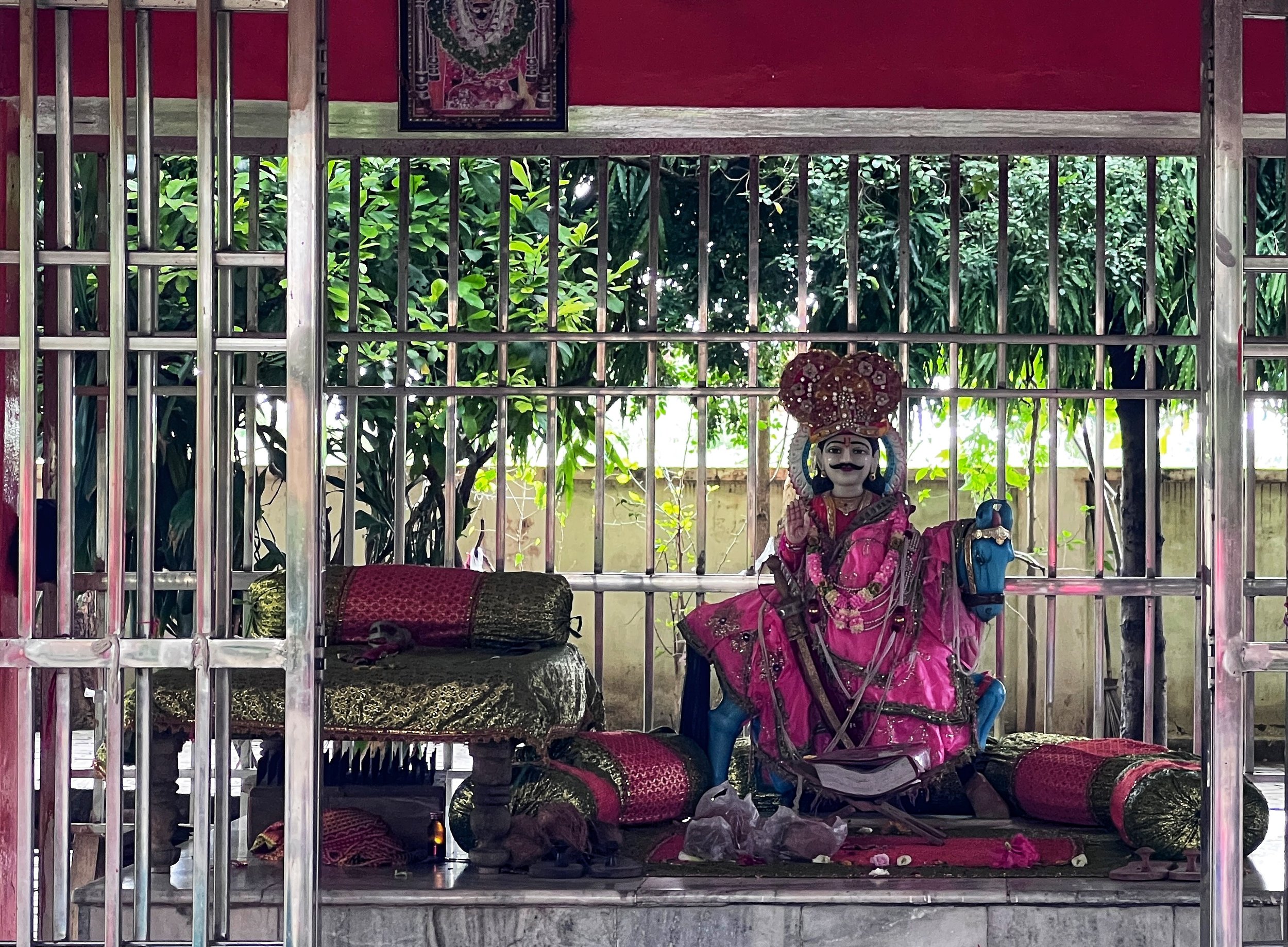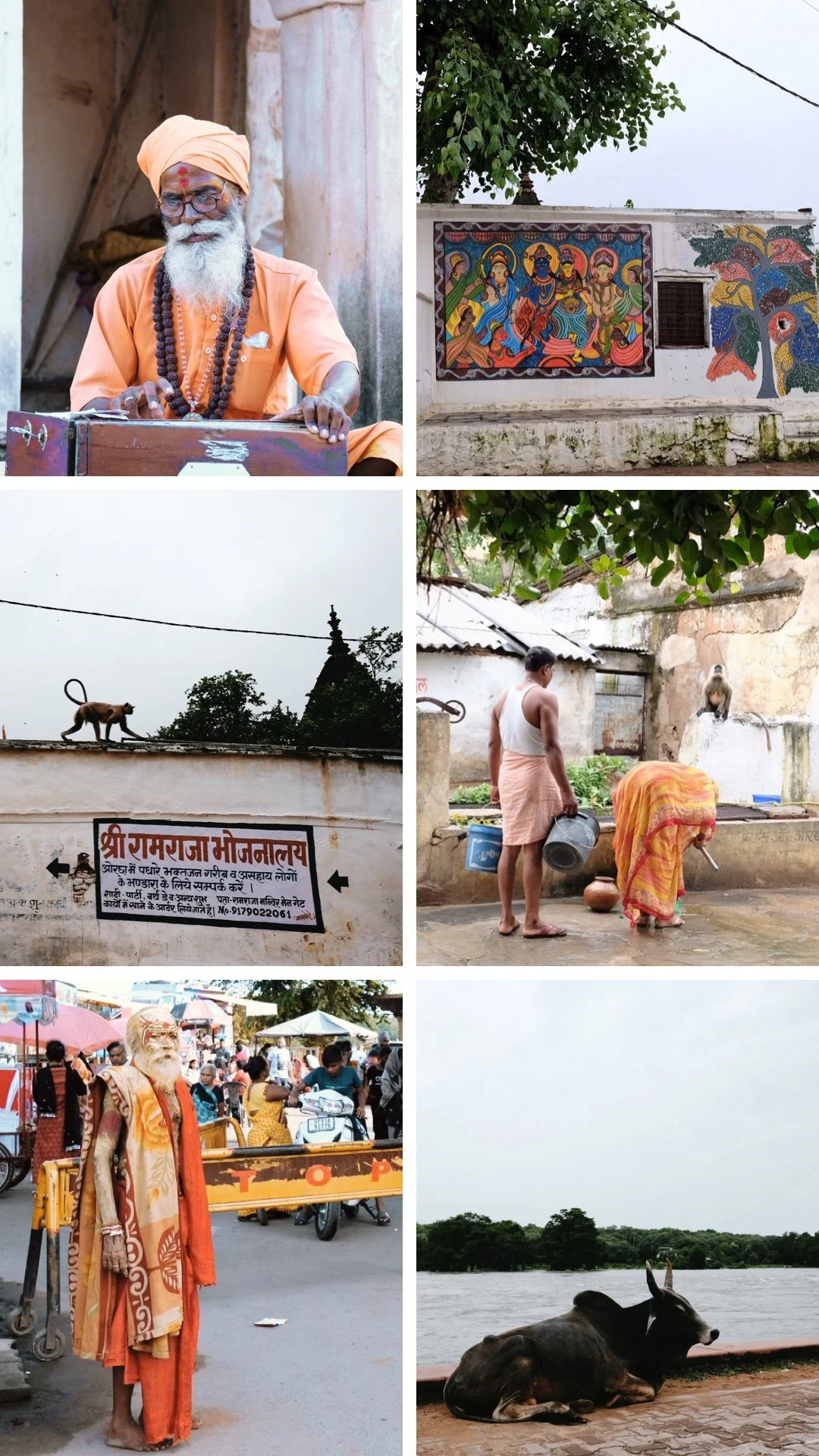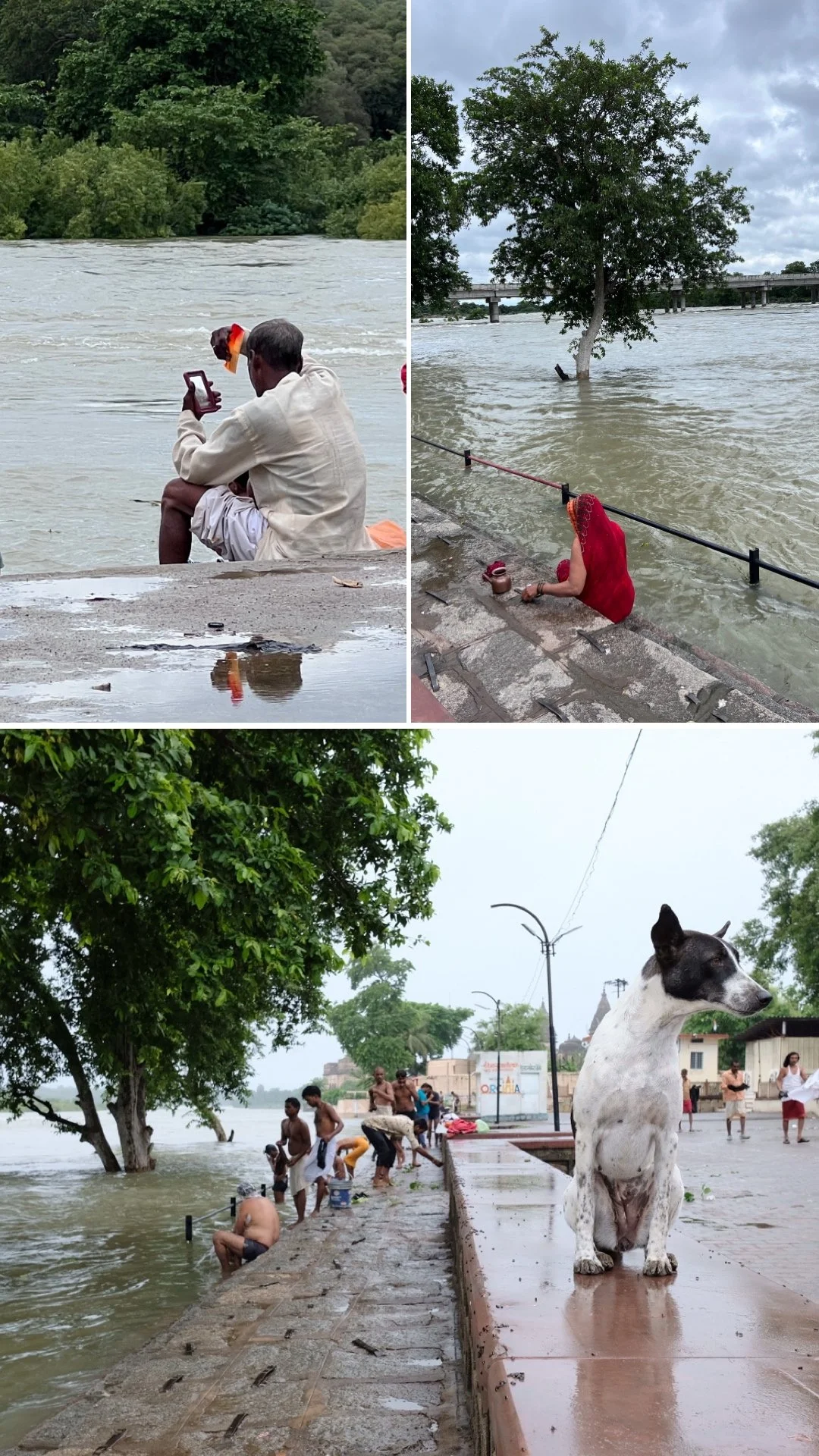Quietude in the Qila
A winter photo walk at the Old Fort in Delhi
In my mind, and I’m sure for any long-term Delhi resident who hasn’t been there in some time, the Purana Qila stands for a shady, grimy lover’s nest visited by couples starved of personal space and freedom in our harsh, claustrophobic metropolis. As I reach, the impression I get is anything but that. Yes, it is a cold, grey January morning, and Delhi is in the middle of a cold wave, but the place seems to have evolved into a refined version of itself. There are still couples, lots of them, but I also see families with young kids and old parents, a sprinkling of foreign tourists, and a healthy presence of security guards in a well-maintained, spruced-up environment. The authorities have certainly done their job well.
I’m at the Purana Qila to be a part of a history walk conducted by Mr Rameen Khan of the popular @_Citytales account on Instagram. Consider it a new year’s resolution, but this year, I would like to know more about the city I call home, and these are my first tentative steps. I reach around half an hour earlier than the scheduled meeting time of 10am. There are only a couple of people around the ticket counter. I try to buy tickets digitally, but the website doesn’t seem to be working, so I have to pay in cash. Keep in mind that you have to purchase separate entry tickets for the lake area and the fort + museum, so do mention that beforehand. The total comes to Rs. 50 for all three.
By 10am, the numbers have swelled considerably, with many who seem regular to Rameen’s history walks in other parts of the city. He is a gracious host and wants to wait five-ten minutes more for any stragglers to catch up. After a few minutes of waiting, we head first towards the lake. The ticket counter and the security check area are in the same spare enclosure. As I get my camera backpack checked, I’m asked if I’m carrying any eatables, tripods, or video recording equipment. I’m not, but it will be a good idea to let people carry eatables, especially those with young kids. This place has the potential to turn into a charming picnic spot. Though it will increase the cleaning staff’s workload for sure.
The roughly semicircular lake is a part of the fort’s moat filled with water that appears more green than blue. A well-defined stone pathway with security railing circles the lake. We take a left and start walking towards our first stop. By now, the sun has begun to shine, albeit weakly. A slight breeze creates ripples across the lake’s surface, with a few ducks enjoying their morning swim. Behind it, covered in the morning mist, the fort’s time-tested walls rise majestically. It’s a perfect, Instagram-worthy spot that many in my group take advantage of.
Before we reach our first landmark, the ‘Talaki Gate,’ Rameen gathers the group at a few well-positioned steps overlooking the lake. The core of our talk today will be the life and history of Sher Shah Suri, but like life and history, there are multiple layers and contexts to it. So, we go back in time to the Lodi dynasty, Ibrahim Lodi’s defeat in the First Battle of Panipat at the hands of Babur, and a brief introduction of his son, Humayun, who would later be defeated by Sher Shah.
The Talaki Darwaza (Talaki Gate) is an imposing entryway. I crane my neck as we are introduced to its many features, most notably the fusion of Hindu and Islamic styles of architecture. The gate remained nearly untouched for around 500 years before its (comparatively) recent opening by the ASI.
From the Talaki Darwaza, we trace our steps back to the entry point for the lake and enter the main fort from the Bada Darwaza (literally, the Big Gate). This was the main entryway into the fort and stands true to its name. The same fusion of Hindu and Islamic architectural elements we saw in the Talaki Gate is also visible here and will be a common theme in the other buildings we visit during the walk.
From the Bada Darwaza, we walk to the other side of the Qila to see its third gate, the Humayun Gate. Here, at the amphitheatre-like steps later added by the British, Rameen takes us through a fairly detailed history of Humayun’s life and reign and his eventual defeat at the hands of Sher Shah. His narrative style is readily accessible with a few pop culture references thrown in. The group enjoys his talk and interacts occasionally.
The following two stops on our journey are closely related to Sher Shah’s reign. First is Sher Mandal, a beautiful octagonal building atop a natural rise in the ground. And second is the Qila-i-Kuhna Mosque on the other end of the fort premises. Built with a mix of stone, red sandstone, and black and white marble, the mosque is a beautiful example of Indo-Islamic architecture. It is profusely decorated with calligraphy and elements from Hindu temple architecture.
The Purana Qila complex also has a small museum dedicated to the history of the fort’s site and the overall neighbourhood of Delhi. It provides an excellent snapshot of this area’s history from prehistoric times to the Mughal era. I believe that the museum can be enlarged and exhibits given more space…there’s just so much history at this site that we are not doing justice to it with this little museum.
From the museum, we come back to the Bada Darwaza. Starting at around 10am, the walk ends at about 1pm. I bid goodbye to Rameem and stay behind for a bit of photography. Just outside the fort’s massive walls, the city of Delhi continues with its chaotic, time-starved existence. But inside, the pace is mellow. I amble around, looking for some nice shots. Couples come and go, there’s a pre-wedding shoot going on, labourers working on government duty are catching a break in the winter sunshine, and the air is filled with birdsong.
I sit on a sandstone bench, going back through my shots and realize how famished and tired I am. (Note to me: next time, wear comfortable shoes!) Reluctantly, I get up to leave. And just as I’m crossing the Bada Darwaza, I put my hand on its brilliant red wall, bidding goodbye and promising to return again to the Qila and its quietude someday soon.
A river runs through time
Looking at Orchha from atop the Laxmi Narayan Temple
A God worshipped as a king, a prince revered as a demi-god, temples that look like palaces and a palace abandoned by the ruling king because of a feud with the God-king…in magical, mystical Orchha, there are stories everywhere you turn.
Past and present existing together
It is as if the river that runs through it not only divides the town geographically but also somehow divides time into parallel streams. One half a real, living, breathing small town like any other in the Indian hinterland; the other a vision glimpsed through the mists of time.
Shri Raja Ram Temple
First and foremost, Orchha is a temple town and the only place in the world where Lord Rama is worshipped as a King. A former palace, the 'Shri Raja Ram' temple is the focal point of the small town. Ideally, any itinerary should start with paying obeisance to the Lord, much like you would pay a visit to the king first if you were a traveller in medieval times. But remember, this is not a usual temple where you could enter any time and have a darshan (glimpse) of the deity. This is a King's palace, so you must adhere to specific times if you want His blessings.
The Royal Cenotaphs
The cenotaphs are housed in a beautiful formal garden
Once the royal visit has been taken care of, the whole town is yours to explore. No point in hiring a cab, battery driven e-rickshaws take you to all the major points and are pretty economical. Though I would suggest exploring the town on foot if you can.
Crossing the bridge to the royal palace complex
Raja Mahal - the King’s Palace
The Queen’s Palace
The erstwhile royal palace complex is directly opposite the Raja Ram temple and accessible by a bridge across the river. It houses some beautiful buildings, including one massive palace built for the former Mughal emperor, Jahangir, who may have stayed there for a day, if at all. At one corner of the town, by the banks of the river Betwa lie the beautiful chhatris (royal cenotaphs) of Bundela kings and at another corner, atop a hill, lies the gorgeous Laxmi Narayan temple. Home to some beautiful frescos, you can get a panoramic view of old Orchha from its top levels. Talking about temples, just next to the Raja Ram temple is the grand Chaturbhuj temple, unlike any other I've seen in India.
Beautifully painted ceilings in the King’s and his senior most Queen’s rooms
Jahangir Mahal and the many views it offers
Storytelling
The story goes that the senior queen beseeched Lord Rama to leave Ayodhya and come visit Orchha. After many months of rigorous worship, Rama agreed but with a few conditions. Two of those were that He would be called the actual king and that He would not move from the first place He sets foot in Orchha. By the time the queen reached Orchha, the Chaturbhuj temple was still under construction, so Rama's idol was housed in the royal kitchen as a temporary measure. But staying true to His word, Rama didn't move out of the palace, and it had to be converted into the Shri Raja Ram temple we see today. And in deference to Rama's second condition, the king moved his throne out of Orchha as he couldn't remain the reigning monarch anymore.
Chaturbhuj Temple
Laxmi Narayan Temple and its beautiful frescoes
Other places of interest are Prince Hardaul's samadhi (resting place) and his baithak (meeting place), which is housed in a formal, attractive garden in the middle of the town. This brave, pious prince was a beloved of the common folks but took his life to prove his innocence to his elder brother, the king, who suspected illicit relations between the prince and the queen. He is worshipped as a saint across the Bundelkhand region.
The ‘saint prince’ Hardaul
Orchha is a town made for stories and slow travel. Yes, you can visit all the main sights in a day, but it won't do justice to what this place offers.
Faces of Orchha
In Orccha, life flows at its own pace
Instead, let's sit on a ghat with the river waters lapping at our feet, the sun setting behind us over the marvellous chhatris. Or come, let's lose ourselves in the palatial Jahangir Mahal, where every window invites us to linger and admire the view. Or let's climb atop the Laxmi Narayan temple and see the old town from a distance…you may even sense a shimmer as if you were watching a vision through the mists of time.
